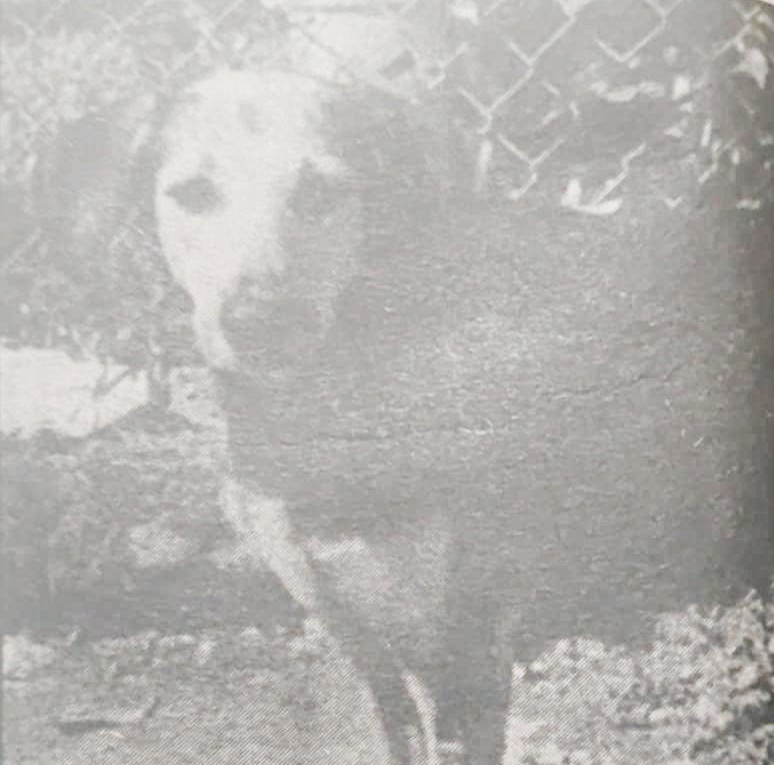THE issue of the Fiji’s big population of unwanted cats and dogs was under the spotlight in 1985 when it was revealed that about two-thirds of puppies born each year in Fiji had to be destroyed with over 1800 killed in Suva alone each year.
An article published in The Fiji Times on June 2 that year, stated ironically the task of destruction was performed by organisations like the Society for Prevention of Cruelty to Animals, which existed to help animals.
“The destruction will continue so long as we have a big population of unwanted dogs and cats,” SPCA director Penny Slatter said.
“The only way to prevent this is by sterilising the pets.”
To promote a good healthy animal population, the SPCA began a project of sterilising some of the animals it trapped so people could take the neutered animals home.
Neutering is a simple operation that solves many problems, but Ms Slatter said it raised a host of objections from owners who felt sterilisation was cruel to animals.
“Neutering is kinder to the animal itself.
“When the pet is in season there is a lot of hormone activity that often leads to mental and physical ailments.
“Also, in dogs and other animals, sex is purely instinctive.
“Sterilising them was not depriving them of any particular pleasure.
“Male dogs could not resist courting when the opportunity occurred and this in turn led to possible fights with other dogs — or accidents — because they wandered about the streets.
“If they are kept indoors, the frustration can be turned to furniture or even people.
“Although sterilising was unnatural, and one reason for it being unpopular, so is keeping a pet.
“For example, it isn’t natural to teach a dog to sit, or of house-train a cat, or to breed animals with special characteristics.”
Explaining the need to neuter pets, Ms Slatter said a domestic animal could really suffer from the effects of its biological needs. In both sexes, frustration can actually result in illness.”
The article said domestic animals were not able to return to the wild to satisfy its urgers, but humans could help by sterilising it, and help remove the cause of its problems and frustration.
The operation performed on a female is spaying, which is the removal of the womb and ovaries.
For the male, only the testicles are removed, and this is known as castration.
For a cat, the best time for an operation is from five to six months. For a female cat, it is best to wait until after the first season (eight to 18 months) and for a dog the best is between seven and 12 months.
The SPCA at the time had a veterinary doctor available 24 hours a day, Ms Slatter who was also a qualified nurse, and other well trained staff who looked after pets who were sick or keep them while the owner was away.



